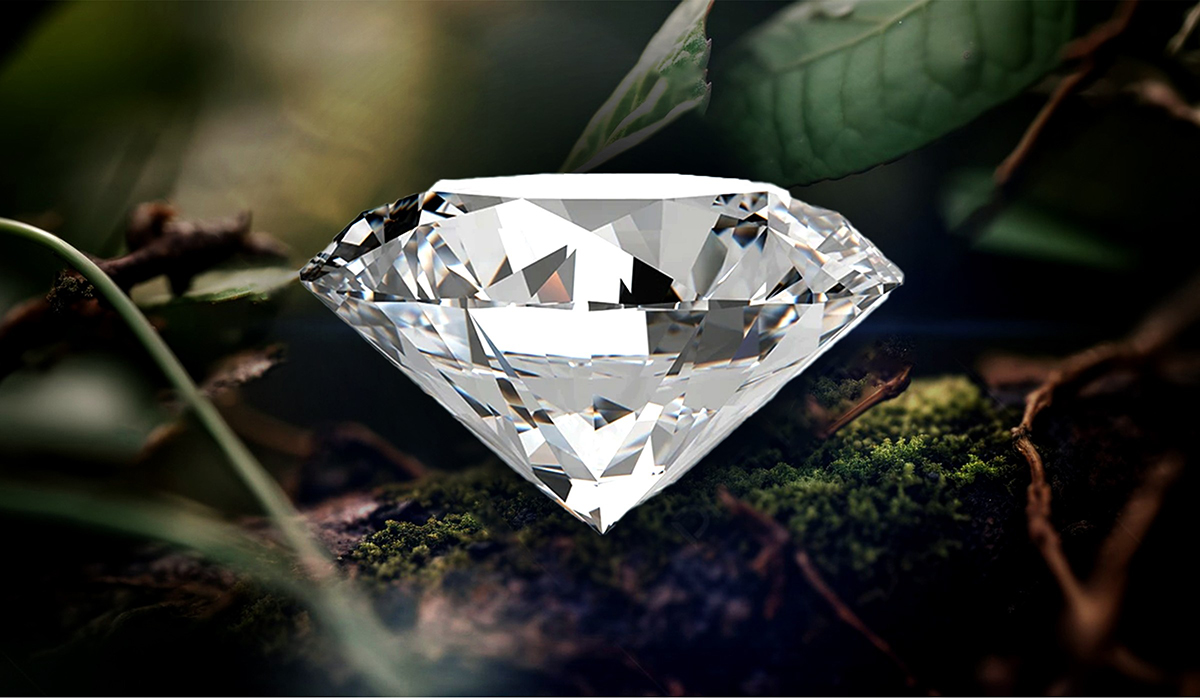The Dark Side of Mined Diamonds and Bad Karma
Mined diamonds and bad karma often go hand in hand, as the diamond mining industry has long been associated with human rights violations, environmental destruction, and unethical labor practices. The traditional process of extracting diamonds from the earth requires extensive mining, which often leads to deforestation, soil erosion, and water pollution. Communities living near mining sites frequently suffer from displacement and poor working conditions, creating a cycle of exploitation and suffering. Choosing mined diamonds and bad karma means supporting an industry that has left a history of devastation.
Environmental Consequences of Mined Diamonds and Bad Karma
The environmental impact of mined diamonds and bad karma cannot be ignored. Mining operations require deep excavation, which disturbs ecosystems and causes irreversible damage to the land. Additionally, the process uses large amounts of water and energy, leading to carbon emissions and depletion of natural resources. Many mining operations leave behind large open pits, which become breeding grounds for hazardous waste and pollution. Supporting mined diamonds and bad karma contributes to ecological harm, making them a less responsible choice compared to man-made diamonds.
Ethical Concerns with Mined Diamonds and Bad Karma
When purchasing mined diamonds and bad karma, consumers often unknowingly support conflict diamonds, also known as blood diamonds. These diamonds are mined in war zones and sold to finance armed conflicts, leading to violence and suffering. Despite efforts to regulate the industry, conflict diamonds still find their way into the market. On the other hand, choosing man-made diamonds ensures an ethical and transparent supply chain, free from the issues associated with mined diamonds and bad karma. Ethical consumers prefer man-made diamonds for their conflict-free origins and responsible production.
The Rise of Man-Made Diamonds as an Alternative
Man-made diamonds have emerged as a superior alternative to mined diamonds and bad karma. These diamonds are created in controlled laboratory environments using advanced technology that replicates the natural diamond formation process. Man-made diamonds have the same physical, chemical, and optical properties as natural diamonds but come without the negative consequences of mined diamonds and bad karma. With growing awareness about ethical and sustainable choices, man-made diamonds have gained popularity among socially responsible consumers.
Man-Made Diamonds and Sustainability
One of the biggest advantages of man-made diamonds is their sustainability. Unlike mined diamonds and bad karma, man-made diamonds do not require destructive mining practices. The production of man-made diamonds significantly reduces carbon footprints, energy consumption, and environmental degradation. Additionally, man-made diamonds are produced with minimal waste, making them an eco-friendly option for those who want to make a positive impact. Choosing man-made diamonds over mined diamonds and bad karma is a step toward a greener and more sustainable future.
Quality and Affordability of Man-Made Diamonds
Man-made diamonds are not only ethically superior but also offer exceptional quality at a more affordable price. Traditional mined diamonds and bad karma often come with inflated prices due to the complex supply chain and middlemen involved in the industry. Man-made diamonds, on the other hand, are produced in controlled settings, eliminating unnecessary costs and ensuring man made diamonds. Consumers can enjoy flawless and brilliant diamonds without the burden of contributing to mined diamonds and bad karma.
The Shift in Consumer Preferences
As people become more conscious of their purchasing decisions, the demand for man-made diamonds is on the rise. More consumers are rejecting mined diamonds and bad karma in favor of ethical and sustainable alternatives. Jewelers and brands worldwide are embracing man-made diamonds, recognizing their potential to revolutionize the industry. The transition toward man-made diamonds is not just a trend; it is a movement toward responsible luxury and ethical consumption. The decline of mined diamonds and bad karma reflects a growing awareness of the impact of consumer choices.
Man-Made Diamonds: The Future of the Jewelry Industry
The future of the jewelry industry lies in man-made diamonds. With increasing concerns over mined diamonds and bad karma, more companies are investing in advanced technology to produce high-quality lab-grown diamonds. Governments and regulatory bodies are also encouraging ethical sourcing and sustainable practices. As the industry evolves, man-made diamonds are expected to dominate the market, replacing mined diamonds and bad karma with a cleaner, more responsible alternative. The shift toward man-made diamonds is a step toward a more ethical and sustainable world.
Making the Right Choice: Man-Made Diamonds vs. Mined Diamonds and Bad Karma
Choosing between man-made diamonds and mined diamonds and bad karma is more than just a personal preference; it is a moral decision. Consumers who prioritize ethics, sustainability, and affordability find man-made diamonds to be the perfect choice. By opting for man-made diamonds, individuals can enjoy stunning, high-quality gems while avoiding the negative consequences associated with mined diamonds and bad karma. The choice is clear: man-made diamonds represent a future where beauty and responsibility go hand in hand.
Conclusion
Mined diamonds and bad karma carry a legacy of environmental damage, human suffering, and ethical concerns. In contrast, man-made diamonds provide a sustainable, ethical, and affordable alternative without compromising quality or beauty. As awareness grows, more consumers are making the switch to man-made diamonds, contributing to a more responsible and conscientious jewelry industry. The era of mined diamonds and bad karma is fading, making way for the rise of man-made diamonds as the true gem of the future.


